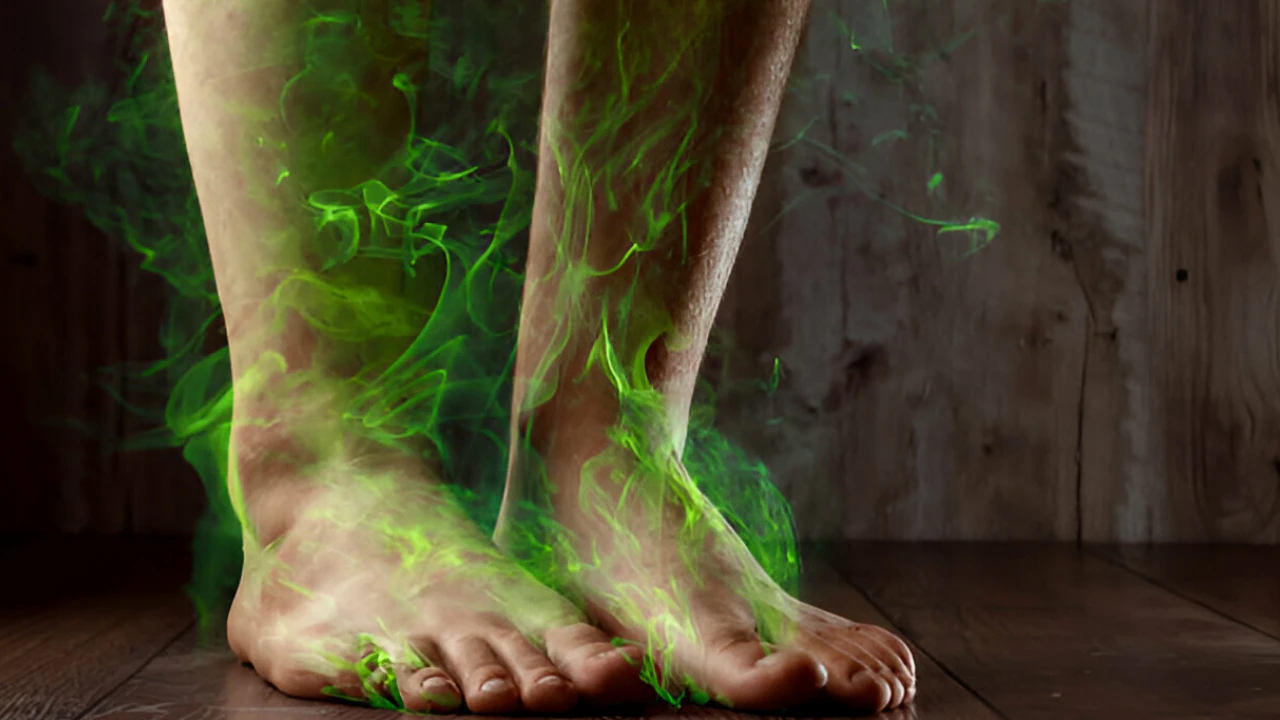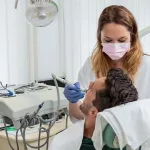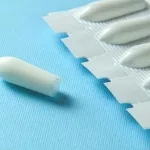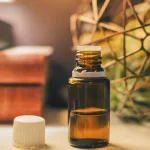At first, I thought it was nothing. Maybe you’ve had that same moment—one regular old evening, feet kicked up after a long day, and you catch a glimpse of your soles. Wait… are the bottoms of my feet yellow? Is that normal? Maybe there’s some dead skin there too, or, ugh, a weird smell that’s not exactly flower petals.
It’s wild how little things about our bodies can catch us off guard. One day everything’s fine, the next, we’re going down a Google rabbit hole, heart pounding a bit, wondering if we’ve missed some big warning sign. But hey, you’re here. That means you care about your body and health (give yourself some credit for that!), and I’m right here beside you. Let’s figure out the mystery of yellow feet together—no judgment, just real talk.
Yellow Feet: What Does It Really Mean?
So, let’s get straight to it: why are my feet yellow? Honestly, it can mean a bunch of things, some as harmless as a summer callus, others a bit more serious. If you’ve ever wondered “why does my foot have dead skin and smell and is yellow?” or “why are the bottom of my feet yellow?”, you’re definitely not alone.
For some people, yellow feet just mean their skin’s been through a bit—maybe it’s dry or thickened from, say, walking barefoot all summer. For others, yellow feet can be the body’s way of flagging something deeper going on, like liver troubles. The point is, yellow feet meaning is a spectrum. Sometimes it’s a sign to pamper your toes. Sometimes, it’s a clue worth listening to.
Yellow Feet Bottom vs. Healthy Feet: How Can You Tell?
Okay, picture this: Healthy feet tend to be a little pinkish or just match the rest of your skin, right? A yellow feet bottom stands out, especially around the heel and ball of your foot. And if you spot thick, rough, or cracked areas—especially if they seem a little “cheesy” (yep, that’s a real thing!)—that’s often dead skin buildup. But if the yellowing is smooth and even, that might be a sign to dig a bit deeper.
When Should You Worry?
Here’s where honesty matters: When is yellow a warning sign? If you spot yellow feet and you also feel tired, have yellow eyes, darker urine, or it’s suddenly come out of nowhere, don’t brush it off. Your body could be waving a little flag for help. But hey, most times, it’s not urgent—but it’s never a bad idea to check in with a doctor when you’re unsure.
So, What Causes Yellow Feet?
Let’s break it down like real detectives (no lab coats needed).
| Cause | What You’ll See | Other Signs | Should I Worry? |
|---|---|---|---|
| Calluses / Thick Skin | Thick, rough, yellow patches | Painful cracks, dry skin | Usually not—just needs TLC |
| Jaundice (Liver Issues) | Yellow feet, hands, sometimes eyes | Fatigue, dark urine, nausea | See a doctor soon |
| Diet (Carotene Overload) | Orange-yellowish feet and hands | No other symptoms | Usually harmless |
| Fungal/Bacterial Infections | Yellow, peeling, sometimes smelly skin | Itching, burning, odor | Needs treatment |
| Diabetes | Yellowish skin, thick calluses | Numbness, tingling, slow wound healing | See your doctor—foot care is crucial |
Ever tried to walk barefoot all summer, only to realize your soles look like old lemons by fall? That’s classic callus action. I once ignored my yellow feet for ages, thinking, “Meh, that’s just from my flip flops.” Spoiler: It was mostly dead skin. Once I started actually exfoliating, voilà—back to normal.
Calluses and Thickened Skin: The Everyday Culprit
Most people with yellow feet simply have calluses—thickened skin from friction, walking, or even the wrong shoes. They might feel rough, maybe even a bit cracked, and sometimes they trap sweat or dirt (which can make things smelly). If you’ve ever asked, “why does my foot have dead skin and smell and is yellow?”—yeah, calluses and trapped sweat are often the main culprits.
Jaundice: The Body’s Yellow Flag
Now, jaundice sounds dramatic, but it’s worth knowing about. When your liver isn’t working right, bilirubin (a yellow pigment) builds up, sometimes turning not just your feet but also your eyes and hands yellow. Tiredness, weird pee, and nausea might tag along. If you notice these, don’t panic—but definitely check in with a doctor. According to a study, jaundice-related yellowing is less common than simple skin causes, but much more important to catch early.
Diet: Carotene and Colorful Meals
Did you know eating too many carrots can literally turn you orange-ish? Not just a myth! Carotene (from carrots, sweet potatoes, even some supplements) can tint your feet and hands. If everything else feels fine, and your yellow feet are kind of pumpkin-colored, maybe check your snack habits. Good news—this kind is totally harmless.
Fungal and Bacterial Infections: More Than Just Annoying
Ever heard of athlete’s foot? Sometimes, that flaky, yellow, sometimes stinky problem is actually a fungal infection—especially if it itches or peels. Bacterial issues can also cause yellowy patches and, yep, the dreaded odor. If over-the-counter sprays aren’t cutting it, don’t be shy about seeing a doctor or a podiatrist (that’s a foot doc, by the way).
Yellow Feet and Diabetes: A Hidden Connection
If you’ve got diabetes, yellow feet are worth extra attention. Diabetes can change how your skin heals and feels, and foot infections or thick calluses are more common. Tingling, numbness, or wounds that don’t heal fast? You’ll want to see a doc about that. Your feet are precious cargo!
Yellow Feet: The Odd Combo—Dead Skin, Smell, and Stubborn Color
You might be wondering, “Why does my foot have dead skin and smell and is yellow?” Let’s be honest, feet take a beating. Day after day—sweat, shoes, long walks, forgotten gym socks… it adds up. Dead skin loves to stick around in thick layers, and when sweat gets trapped underneath, bacteria go wild—leading to not just yellowing, but the classic “what died in my shoes?” scent.
One friend of mine shared how she used to just toss on lotion and socks, but it wasn’t until she started a weekly soak (Epsom salts are your buddy!) and gentle scrub that she saw real changes. The color, the texture, even the smell—way better. Her advice? Start simple. And never underestimate the power of letting your feet breathe outside of shoes now and then.
When To Chill Out vs. When To Worry
Here’s the thing: not all yellow feet are scary. If it’s just dry skin, smelly gym feet, or a new pair of cheap shoes dyeing your soles (seriously, it happens), you can take a deep breath. But if you see other symptoms—pain, swelling, yellow eyes, fatigue—it’s always smart to check with a pro. You know your body best.
Yellow Feet and Health Risks: When To Take Action
We’ve all had moments where WebMD tells us the sky is falling. But with yellow feet diabetes is a real concern. Diabetes can quietly mess with blood flow and healing, which means even a little infection or callus can turn into a big deal. If you notice numbness, cuts that linger, or changes in the way your feet feel—reach out to your healthcare provider, okay? Taking care of your feet is taking care of your whole self.
For everyone else, yellow feet aren’t always an emergency, but it is your body’s way of saying “hey, pay a little more attention down here.” If it bugs you, don’t suffer in silence.
How To Get Rid of Yellow Feet (And Keep Them Happy)
All right, so you want to know how to get rid of yellow feet? There’s no magic trick, but you’d be surprised how much difference the basics can make.
Home Remedies You Can Actually Stick With
Let’s talk simple routines:
- Soak and soften: Warm water with a bit of Epsom salt is pure bliss. Even just ten minutes can loosen dead skin and relax tired feet.
- Exfoliate gently: Use a pumice stone or gentle foot file. Don’t go wild—slow and steady wins.
- Moisturize: A plain, thick lotion does the trick. Bonus if you pop on cotton socks after.
- Let your feet breathe: Don’t keep them trapped in shoes 24/7. Air is your friend.
If you want to go all out, some folks swear by foot masks or even a dab of coconut oil at night. Personally, I love just sitting outside barefoot, letting my feet get a little sun (vitamin D, anyone?).
When To See A Doctor
If nothing changes after a few weeks, or things get worse, don’t tough it out. Especially if you have diabetes, circulation issues, or start noticing other changes (like swelling or pain), your doctor should be your next stop. Health is teamwork, after all.
Foot Care: Prevention Really Is Better
Ever notice how foot problems seem to sneak up when life gets busy? A little prevention goes a long way:
- Wash and dry feet thoroughly (yep, even between the toes!)
- Trim nails straight across—no funky shapes.
- Switch up your shoes—let pairs dry out between wears.
- Wear socks that breathe and fit well.
- If you hit the gym, bring a change of socks (and maybe some powder—your future self will thank you).
If you’re curious about expert-backed foot care, the American Podiatric Medical Association has some great tips (according to this foot health guide). They’ve truly seen it all!
Yellow Feet: Listen, Learn, and Walk Proud
Here’s what I hope you take away: yellow feet aren’t something to hide or stress about in silence. Most often, it’s your body dropping a gentle hint, not throwing a tantrum. With a bit of awareness, a little care, and the courage to ask for help if you need it, you can stay on your feet—literally and figuratively.
Have you ever had yellow feet? Any secret hacks or foot-care rituals you swear by? Drop a comment or share your experience—I’d genuinely love to hear your story. After all, every journey (even to healthy feet!) starts with a single step.
If you’re still feeling unsure, have questions, or just want to chat about your own foot adventure, don’t hesitate to reach out. There are no silly questions here. Your feet—and your peace of mind—are absolutely worth it.


















Leave a Reply
You must be logged in to post a comment.